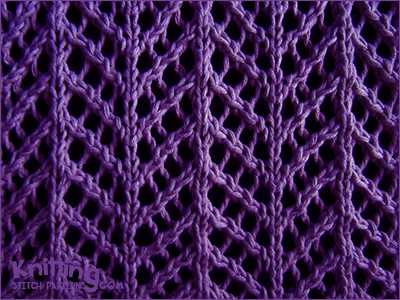
Lace knitting is a beautiful technique that creates intricate and delicate designs. It involves creating patterns of holes or eyelets in the fabric, which give it an airy and open look. One of the great things about lace knitting is that there are many patterns that only require a 4-row repeat.
These 4-row repeat lace knitting patterns are perfect for both beginner and experienced knitters. They are quick and easy to memorize, making them great projects for knitting on the go or when you just want a simple and relaxing knit. Plus, they can be easily adapted for a variety of projects, from scarves and shawls to sweaters and blankets.
Some popular 4-row repeat lace knitting patterns include the Feather and Fan stitch, the Old Shale pattern, and the Seaweed stitch. These patterns create beautiful scalloped edges and flowing lines, making them perfect for adding a touch of elegance to any project. Whether you’re knitting for yourself or for a loved one, these patterns are sure to impress.
So, if you’re looking for a new lace knitting project, why not try one of these 4-row repeat patterns? They’re a great way to practice your lace knitting skills and create beautiful pieces that you’ll be proud to wear or give as a gift.
Row Repeat Lace Knitting Patterns
Row repeat lace knitting patterns are popular for their simplicity and versatility. With just four rows, knitters can create beautiful and intricate lace designs. These patterns are perfect for knitters of all skill levels, from beginners to advanced.
One example of a four-row repeat lace knitting pattern is the Feather and Fan stitch. This classic lace pattern consists of a series of increases and decreases, creating a wavy and scalloped design. It is often used to create lightweight and airy garments, such as shawls and scarves. The Feather and Fan stitch is easy to memorize, making it a great choice for on-the-go knitting.
Another popular four-row repeat lace knitting pattern is the Bramble stitch. This pattern features a combination of twisted stitches and yarn overs, creating a textured and thorny look. The Bramble stitch is often used in sweaters and blankets, adding visual interest to the overall design. Knitters can easily customize the size and shape of their project by adjusting the number of stitches and repeats.
When working with row repeat lace knitting patterns, it’s important to use the right yarn and needles. Lace weight or fingering weight yarns are typically used to achieve a delicate and airy look. Needle size will depend on the desired gauge and the type of yarn being used. It’s also helpful to use stitch markers or stitch holders to keep track of pattern repeats.
Whether you’re new to lace knitting or an experienced knitter looking for a quick and satisfying project, row repeat lace knitting patterns offer endless possibilities. With just four simple rows, you can create stunning lace designs that are sure to impress.
Beginner’s Guide to Lace Knitting
Lace knitting is a beautiful and intricate technique that creates delicate and airy patterns in your knitting projects. While it may seem intimidating at first, with a little practice and patience, you can master the art of lace knitting and create stunning pieces.
Before you start your lace knitting journey, it’s important to have a good understanding of the basics. Lace knitting involves creating decorative holes, or “eyelets,” in your work. These eyelets are made by increasing and decreasing stitches in a specific pattern. Lace patterns often incorporate yarn overs, where you simply wrap the yarn around the needle to create an extra stitch.
Choosing the Right Yarn and Needles
When it comes to lace knitting, choosing the right yarn and needles is crucial. Lace patterns typically require thinner yarns, such as lace weight or fingering weight, to achieve the desired delicate look. It’s also important to use needles that are appropriate for the yarn weight. For lace knitting, you’ll often use smaller needle sizes to create tighter stitches and enhance the lace pattern.
Understanding Lace Charts and Patterns
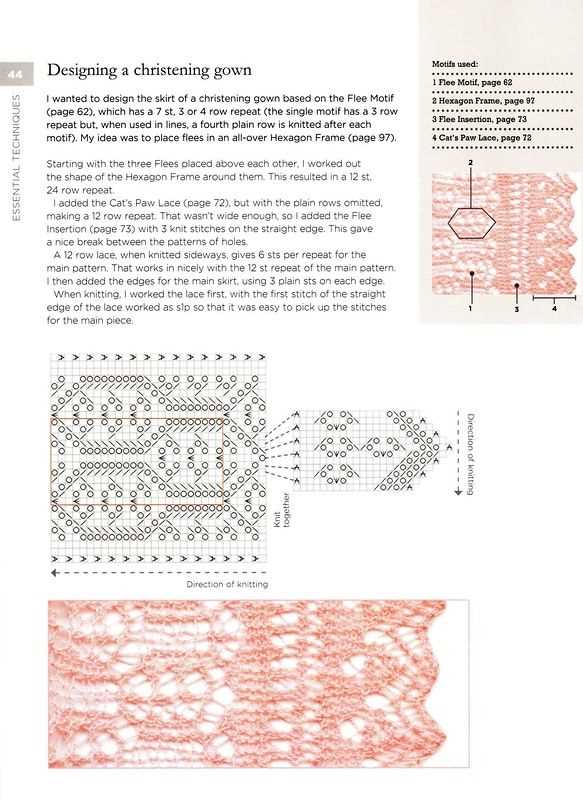
Lace knitting patterns are often presented in the form of charts, which are visual representations of the stitch patterns. These charts may look complicated at first, but once you understand how to read them, you’ll find that they make lace knitting much easier. Each symbol in the chart represents a specific stitch or set of stitches, and the chart provides a guide for where to place each stitch. It’s important to carefully follow the chart and pay attention to any special instructions or repeats indicated.
Practice Makes Perfect
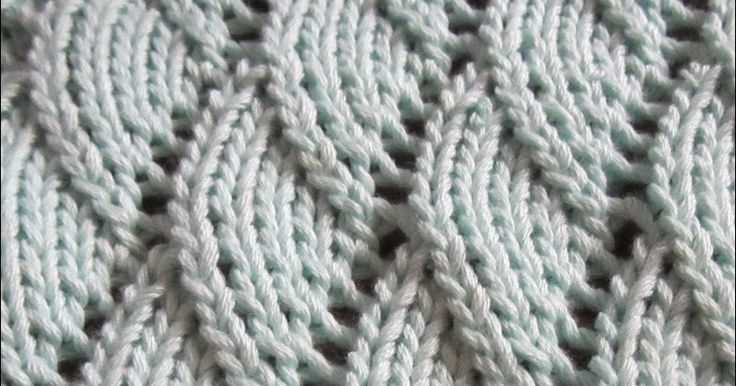
Like any new skill, lace knitting takes practice. Start with simple lace patterns that have a repetitive nature, such as those with a 4 row repeat. This way, you can easily memorize the pattern and focus on perfecting your technique. As you gain confidence, you can move on to more complex lace patterns with intricate motifs. Don’t be discouraged if you make mistakes or find it challenging at first – lace knitting is a skill that improves with time and experience.
Lace knitting is an art form that allows you to create stunning pieces with intricate designs. With the right yarn, needles, and practice, you can master the art of lace knitting and enjoy the process of creating beautiful lacework in your knitting projects. So gather your supplies, choose a lace pattern that inspires you, and embark on your lace knitting journey. Happy knitting!
How to Choose the Right Yarn for Lace Knitting
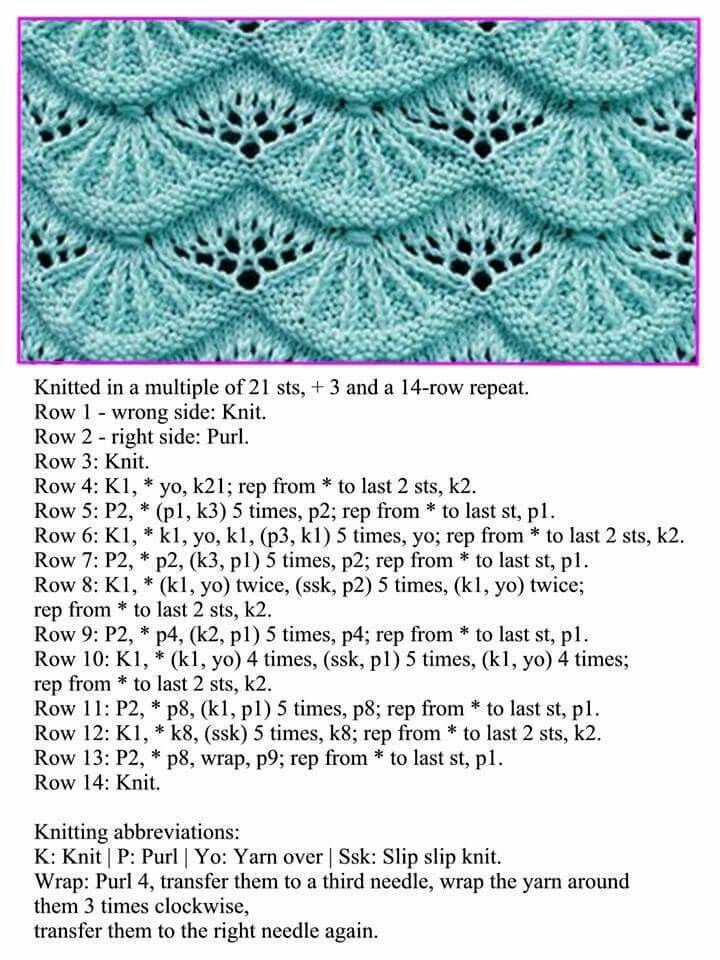
Lace knitting is a delicate and intricate technique that involves creating beautiful patterns using yarn and knitting needles. One of the most important factors in achieving a successful lace project is choosing the right yarn.
Fiber content: When selecting yarn for lace knitting, consider the fiber content of the yarn. Natural fibers such as wool, alpaca, silk, and cotton are commonly used for lace knitting projects. Each fiber has its own unique qualities and will produce different results. Wool and alpaca provide warmth and elasticity, while silk adds a luxurious sheen and drape to the finished project. Cotton, on the other hand, is lightweight and breathable, making it ideal for warmer weather lace projects. Consider the desired characteristics of your finished project and choose the fiber accordingly.
Weight: The weight of the yarn is another important aspect to consider. Lace knitting typically requires a lightweight yarn that allows for the delicate and intricate stitch patterns to be showcased. Lace weight and fingering weight yarns are commonly used for lace knitting projects. These yarns are thin and produce delicate lace fabrics. However, you can experiment with different weights to achieve different effects. A slightly heavier yarn, such as a sport or DK weight, can create a more substantial and textured lace pattern.
Color: The color of the yarn can also have an impact on the final result of your lace project. Solid or tonal colors are often preferred for lace knitting as they allow the intricate stitch patterns to stand out. However, variegated or gradient yarns can also be used to create interesting effects in lace projects. Consider the overall look you want to achieve and choose a yarn color that complements your chosen lace pattern.
Swatching: Before starting your lace knitting project, it’s important to swatch with your chosen yarn. Swatching allows you to determine the gauge of your yarn and needles, as well as test how the yarn and stitch pattern interact. This step is crucial in ensuring that your finished project turns out the way you envision it. Take the time to swatch and make any necessary adjustments before diving into your lace project.
In conclusion, choosing the right yarn is key to successful lace knitting. Consider the fiber content, weight, color, and swatch with your chosen yarn to ensure that your lace project turns out beautifully.
Tips for Reading Lace Knitting Patterns
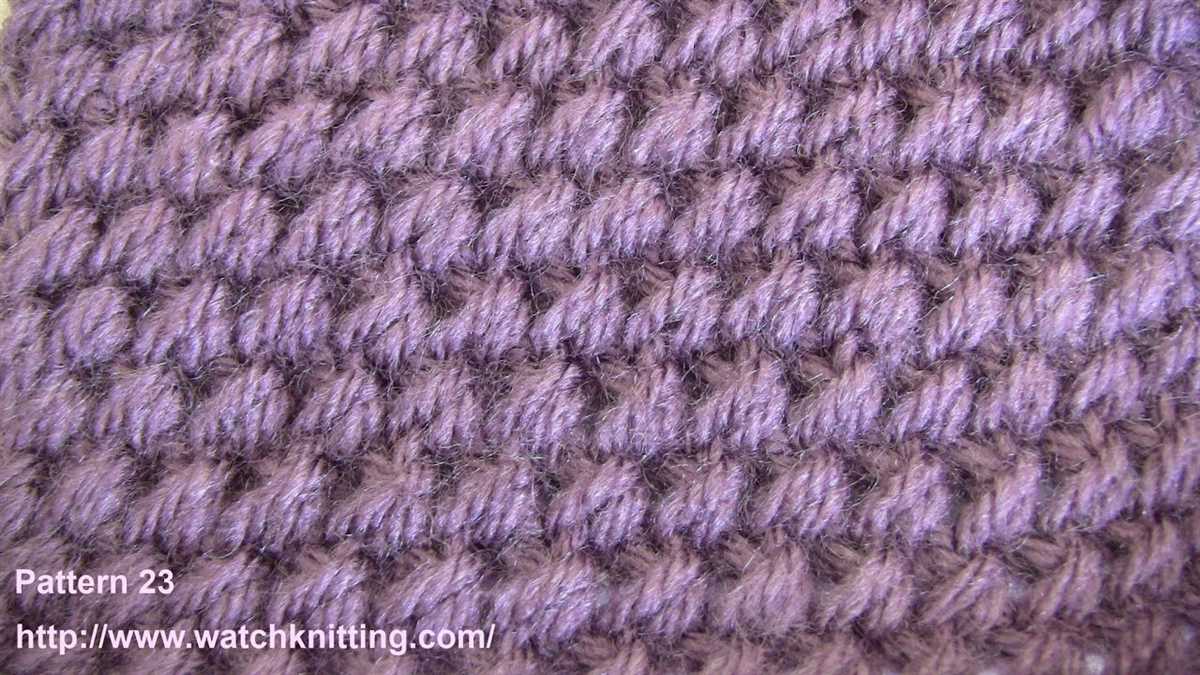
When working on lace knitting patterns, it’s important to be able to read and understand the instructions correctly. Lace knitting can be intricate and delicate, but with the right approach, it can also be highly rewarding. Here are some tips to help you navigate lace knitting patterns:
1. Familiarize yourself with the stitch symbols.
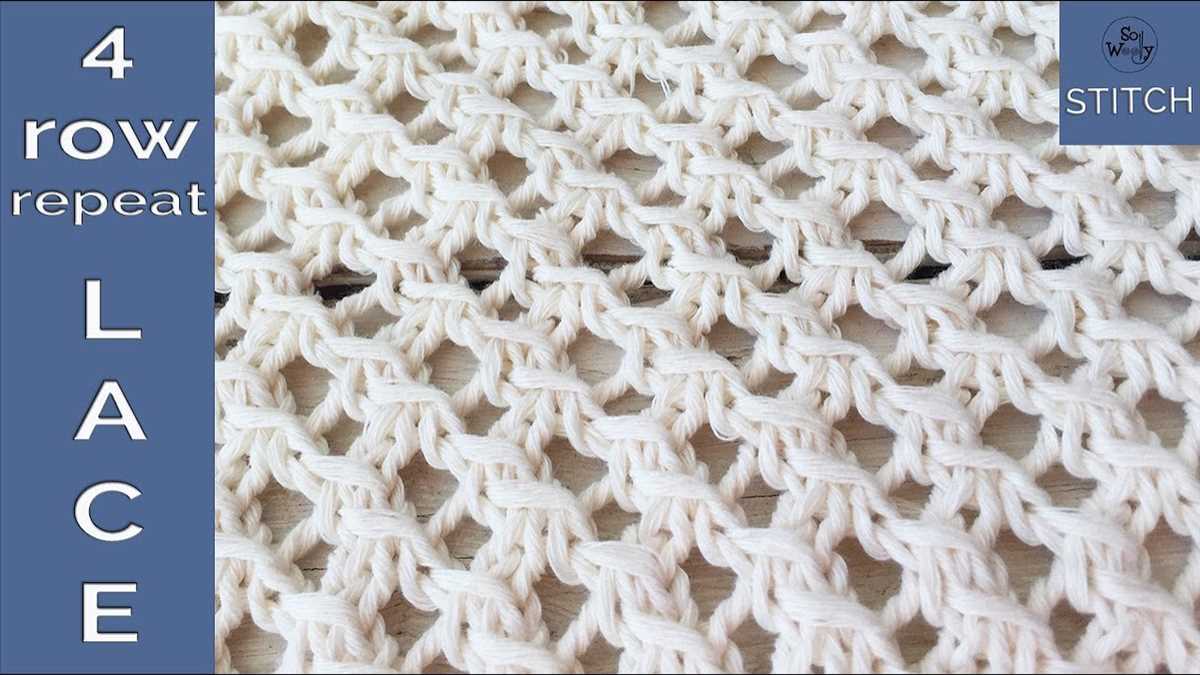
Lace knitting patterns often use stitch symbols to represent different types of stitches. It’s important to understand what each symbol means in order to follow the pattern accurately. Take the time to familiarize yourself with common lace stitch symbols, such as yarn overs, decreases, and slipped stitches. The pattern instructions should include a legend or key that explains the symbols used.
2. Pay attention to the stitch repeat.
Most lace knitting patterns have a repeat section, where a set of stitches is repeated multiple times across the row. In order to ensure accuracy and maintain the pattern’s rhythm, it’s crucial to identify and understand the stitch repeat. This will help you keep track of your progress and make it easier to spot any mistakes.
3. Use stitch markers.
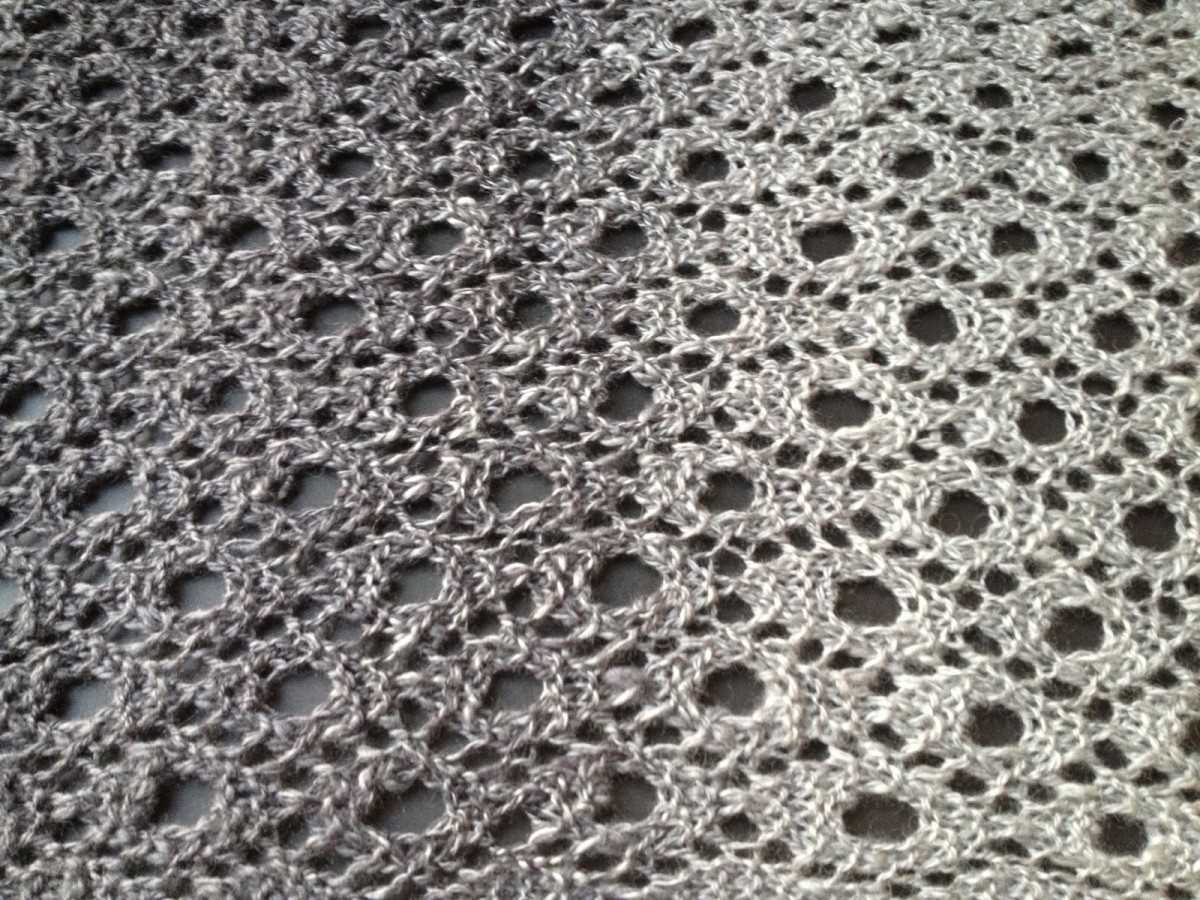
Stitch markers can be incredibly useful when working on lace knitting patterns. They can help you mark important stitch intervals, such as the beginning and end of a repeat section or a specific stitch pattern. By using stitch markers, you can easily keep track of where you are in the pattern and catch any errors early on.
4. Read the pattern instructions carefully.
When working on lace knitting patterns, it’s important to carefully read the pattern instructions before starting. Pay attention to any special techniques or stitches used, as well as any specific instructions for shaping or finishing. It’s also helpful to read through the entire pattern once or twice to get a good understanding of the overall structure and flow.
5. Take notes as you go.
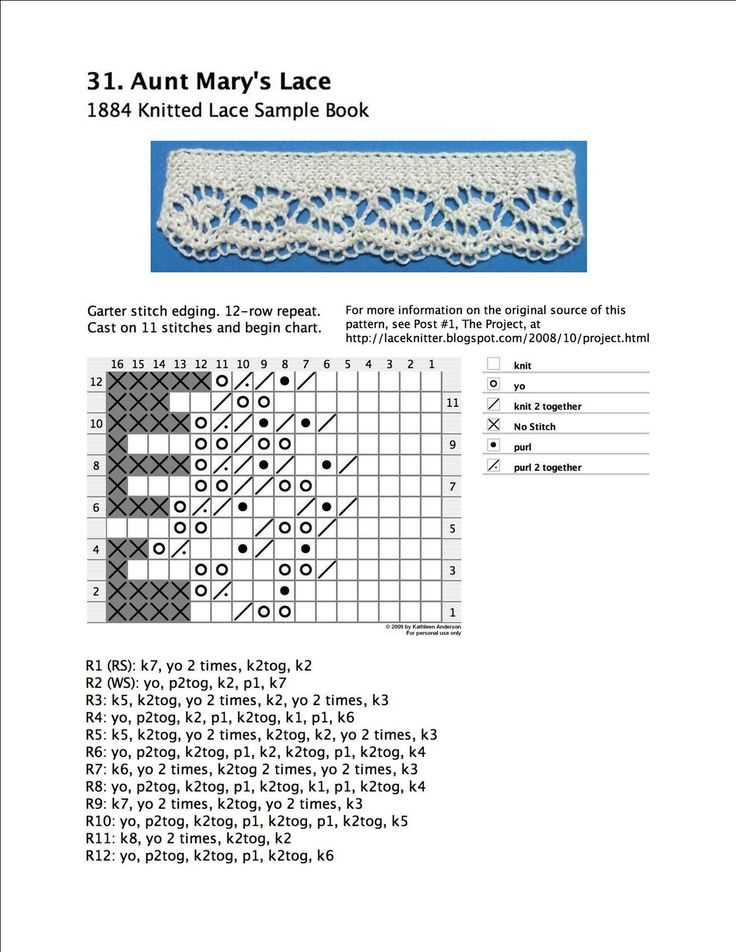
As you work through a lace knitting pattern, it can be helpful to take notes along the way. Jot down any modifications you make, keep track of any changes or adjustments you need to make, and make notes of any challenges or tips you come across. These notes will come in handy if you ever need to refer back to the pattern or want to recreate the project in the future.
By following these tips and practicing your lace knitting skills, you’ll become more comfortable and confident in tackling even the most intricate lace knitting patterns.
Top 5 4 Row Repeat Lace Knitting Stitches
If you’re a fan of lace knitting, you know that intricate patterns can take a lot of time and effort to complete. But what if you could achieve a stunning lace effect with just a 4 row repeat? Here are the top 5 4 row repeat lace knitting stitches that will allow you to create beautiful lace patterns in no time.
1. Feather and Fan
The Feather and Fan stitch is a classic lace knitting pattern that creates a beautiful wave-like effect. It consists of repeating 4 rows of simple knit and purl stitches, with a yarn over and decrease on each right side row. The result is a delicate and airy lace fabric that can be used for shawls, scarves, or even lightweight garments.
2. Ripple Stitch
The Ripple stitch is another stunning lace pattern that only requires a 4 row repeat. This stitch combines simple combinations of knit, purl, yarn over, and decrease stitches to create an undulating wave-like design. It’s perfect for adding texture and interest to your knitting projects, and looks particularly beautiful in variegated or self-striping yarns.
3. Diagonal Lace Stitch
The Diagonal Lace stitch is a versatile lace pattern that can be used to create a range of different effects. It involves repeating a 4 row pattern of yarn overs, knit, purl, and decrease stitches to create a diagonal lace motif. This stitch is ideal for projects like scarves, wraps, or even blankets, as it adds a touch of elegance and sophistication to any design.
4. Diamond Lace Stitch
The Diamond Lace stitch is a classic lace pattern that features a repeating diamond motif. It requires just a 4 row repeat, with a combination of yarn overs, knit, purl, and decrease stitches. This stitch is perfect for adding a touch of elegance to your knitting projects, and can be used for anything from scarves and shawls to sweaters and cardigans.
5. Leaf Lace Stitch
The Leaf Lace stitch is a simple yet stunning lace pattern that creates a delicate leaf-like motif. It involves repeating a 4 row pattern of yarn overs, knit, purl, and decrease stitches to create a beautiful lace fabric. This stitch is perfect for adding a touch of nature-inspired beauty to your knitting projects, and works well for a variety of items, including scarves, wraps, and baby blankets.
With these top 5 4 Row Repeat Lace Knitting Stitches, you can create stunning lace patterns in no time. Whether you’re a beginner or an experienced knitter, these stitches will allow you to add a touch of elegance and sophistication to your projects, without the need for complicated patterns or long knitting sessions.
Creating Texture with 4 Row Repeat Lace Knitting
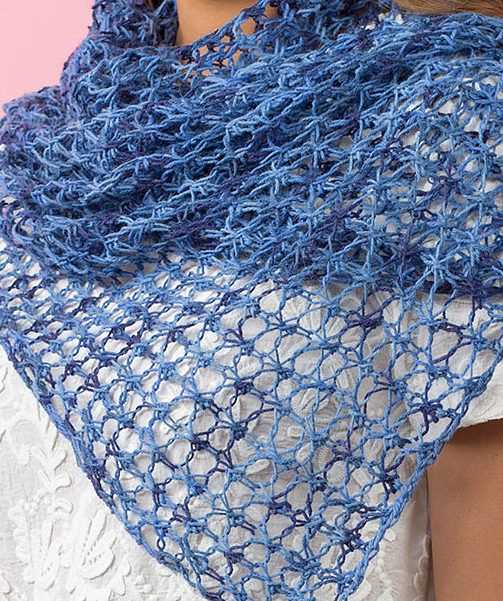
Lace knitting is a beautiful technique that can add elegance and sophistication to any project. One of the advantages of lace knitting is that it allows you to create intricate designs and textures with just a few simple repeating rows. In this article, we will explore the concept of using a 4 row repeat pattern to create texture in lace knitting.
One of the key elements to creating texture in lace knitting is using different types of stitches. By combining yarn overs, decreases, and various knit and purl stitches, you can create patterns that have depth and dimension. The 4 row repeat pattern is an excellent choice for creating texture because it allows you to create complex designs without becoming too repetitive.
- Lace knitting patterns: There are a wide variety of lace knitting patterns available that use a 4 row repeat. Some popular options include leaf patterns, diamond patterns, and waves. These patterns often combine different types of stitches to create an overall design that has both structure and visual interest.
- Yarn choice: The type of yarn you choose can also play a role in creating texture with a 4 row repeat lace knitting pattern. Yarns with a slightly thicker or slubby texture can add an extra dimension to your knitting. Additionally, using yarns with different colors or variegated yarns can also enhance the overall texture of the pattern.
- Blocking: Blocking is an essential step in lace knitting to open up the stitches and allow the pattern to shine. By carefully wetting your finished piece and pinning it to the correct dimensions, you can ensure that the texture of the pattern is fully showcased.
By using a 4 row repeat lace knitting pattern, you can create beautiful and intricate textures in your knitting projects. Whether you choose a simple pattern or a more complex design, the repeating nature of the pattern allows you to create visually stunning pieces with ease. So grab your needles and some yarn, and start exploring the world of 4 row repeat lace knitting!
Knitting a Lace Shawl with a 4 Row Repeat Pattern
If you’re looking for a lace knitting project that is both beautiful and easy to follow, a lace shawl with a 4 row repeat pattern is the perfect choice. This pattern allows you to create a stunning lace design without having to constantly refer back to complicated instructions. With just four simple rows to repeat, you can easily memorize the pattern and knit at your own pace.
One of the advantages of a 4 row repeat pattern is that it offers a good balance between simplicity and complexity. While the pattern is relatively easy to follow, it still allows for intricate lace designs with delicate motifs. This makes it a great choice for knitters of all skill levels, whether you’re a beginner looking to take on your first lace project or an experienced knitter looking for a relaxing and enjoyable knitting experience.
To start knitting a lace shawl with a 4 row repeat pattern, you will need:
- A set of knitting needles in the appropriate size for your chosen yarn
- A lace weight or fingering weight yarn in the color of your choice
- A stitch marker to help you keep track of your repeats
Once you have gathered your materials, you can begin casting on and following the 4 row repeat pattern. The pattern will typically include instructions for the repeat, such as lace stitches, yarn overs, and decreases. It’s important to carefully read and understand the pattern before you begin, and consider using stitch markers to help you keep track of your place in the repeat.
As you work through the pattern and become more familiar with the repeat, you may find that you can knit without constantly referring back to the instructions. This can make the knitting process more enjoyable and relaxing, as you can focus on the rhythm of the stitches and watch your lace shawl gradually take shape.
Once you have completed the required number of repeats and reached the desired size for your shawl, you can finish off your project by binding off and blocking. Blocking is an important step in lace knitting, as it helps to open up the lace stitches and give your shawl its final shape and drape. You can use blocking wires and pins to gently stretch and shape the shawl, then allow it to dry completely before wearing or gifting.
Adapting 4 Row Repeat Lace Patterns for Different Projects
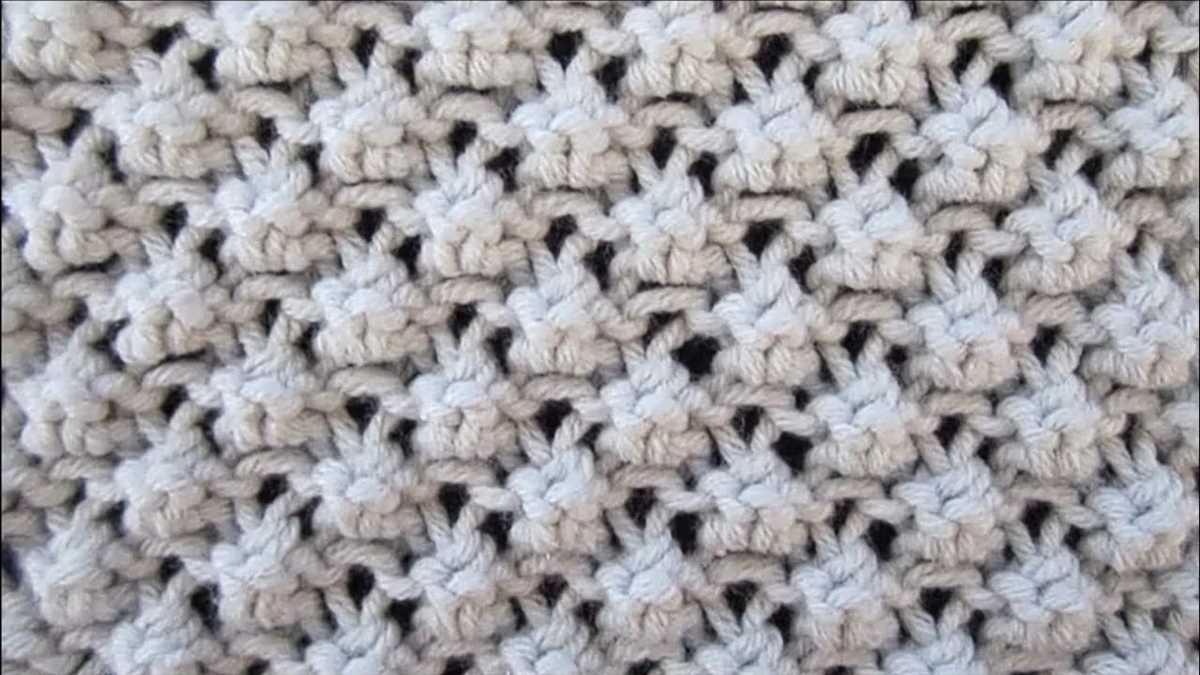
4 row repeat lace patterns are versatile and can be adapted for different knitting projects. Whether you’re knitting a shawl, a sweater, or even a pair of socks, you can easily modify these patterns to suit your needs.
One way to adapt a 4 row repeat lace pattern is to adjust the number of stitches. If you’re knitting a larger project like a sweater, you may need to cast on more stitches to achieve the desired width. Conversely, if you’re knitting a smaller project like a hat, you can cast on fewer stitches. By adjusting the number of stitches, you can maintain the integrity of the lace pattern while ensuring it fits your project perfectly.
To adapt a 4 row repeat lace pattern for a different project, you may also need to modify the stitch count. This is especially true if you’re knitting in the round, as the pattern may need to be adjusted to work on a smaller circumference. You can do this by redistributing the stitches evenly across your needles or by adding or removing repeats of the lace pattern. By doing so, you’ll be able to create a seamless and beautiful lace design.
In addition to adjusting the number of stitches and the stitch count, you can also modify the dimensions of the lace pattern itself. For example, if you’re working on a shawl, you can repeat the lace pattern more times to make it longer and more dramatic. Alternatively, if you’re knitting a scarf, you can work fewer repeats to create a narrower and more delicate design. This flexibility allows you to customize the lace pattern to suit your project and personal style.
Adapting 4 row repeat lace patterns for different projects is a great way to explore your creativity and make unique knitted items. By adjusting the number of stitches, the stitch count, and the dimensions of the lace pattern, you can create beautiful and customized pieces that showcase your knitting skills.
Lace Knitting with Variegated Yarn: Tips and Tricks
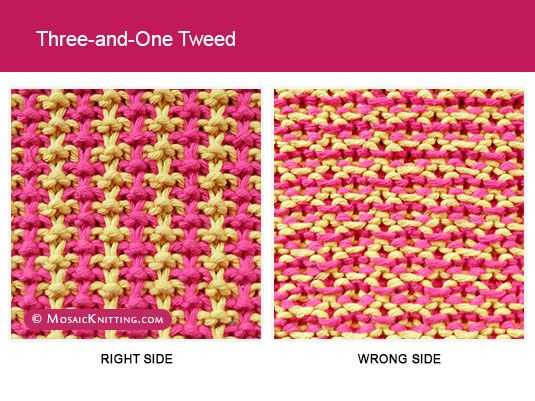
Lace knitting is a delicate and intricate technique that can create beautiful patterns and designs. When working with variegated yarn, there are some tips and tricks that can help enhance the lace pattern and showcase the unique qualities of the yarn.
Choose the Right Pattern: When using variegated yarn for lace knitting, it’s important to choose a pattern that will showcase the colors effectively. Look for patterns with simple lace motifs or those that have repetitive stitch patterns. This will allow the variegated colors to shine without getting lost in complex designs.
Consider the Yarn Base: The base yarn used in variegated yarn can greatly affect the overall look of the lace pattern. You may want to choose a yarn with a high percentage of natural fibers like merino wool or silk, as these fibers can enhance the drape and stitch definition of the lace. Avoid yarns with a lot of synthetic fibers, as they may not hold the lace pattern as well.
Sample Swatch: Before starting your lace project, it’s always a good idea to work up a sample swatch with your variegated yarn. This will allow you to see how the colors transition and how the lace pattern looks with the yarn. It will also give you an idea of the gauge and needle size you should use for your project.
Use Simple Stitch Patterns: When working with variegated yarn, it’s best to use simple stitch patterns that won’t compete with the colors. Consider using basic lace motifs like yarn overs, decreases, and eyelets. These stitches will create an elegant lace pattern without overpowering the variegated yarn.
Blocking: Blocking is an essential step in lace knitting, and it becomes even more important when working with variegated yarn. Blocking helps to even out the stitches, open up the lace pattern, and enhance the colors of the yarn. Make sure to follow the blocking instructions for your yarn and project to achieve the best results.
Enjoy the Process: Lace knitting with variegated yarn can be a fun and rewarding experience. Embrace the unique qualities of the yarn and enjoy watching the colors blend and change as you work on your project. Remember, knitting is a creative process, so don’t be afraid to experiment and make your project truly your own.
Common Mistakes to Avoid in 4 Row Repeat Lace Knitting
If you’re new to lace knitting or even if you’re an experienced knitter, it’s important to be aware of common mistakes that can occur in 4 row repeat lace knitting patterns. These patterns often have intricate designs and delicate stitches, so it’s easy to make errors that can be frustrating to fix. By understanding these common mistakes and how to avoid them, you can ensure a smoother knitting process and a beautiful finished result.
1. Improper stitch count: One of the most common mistakes in lace knitting is having the wrong number of stitches on your needles. It’s important to carefully count your stitches after each row to ensure accuracy. If you find that you have too many or too few stitches, go back and check your pattern and previous rows for any missed or added yarn overs or decreases.
2. Inconsistent tension: Maintaining consistent tension is crucial in lace knitting, as it affects the overall appearance of the pattern. Pay attention to your tension while knitting and make sure it’s even throughout. If you notice any areas where your stitches are too tight or too loose, adjust your tension accordingly to ensure an even and balanced fabric.
3. Not using lifelines: Lifelines are thin threads or threads of waste yarn that are threaded through a row of stitches, typically every few rows. They act as “safety nets” in case you need to rip back your work. By inserting a lifeline, you can easily unravel your knitting to that point without losing any stitches. It’s a good practice to insert a lifeline every few rows to prevent major errors from becoming catastrophic.
4. Not reading the pattern carefully: 4 row repeat lace knitting patterns can be complex, with multiple yarn overs, decreases, and stitch combinations. It’s important to carefully read the pattern instructions before starting and to refer back to them frequently throughout your knitting. Pay attention to any special instructions or stitch variations and make sure you understand them before proceeding.
5. Ignoring stitch markers: Stitch markers can be a valuable tool in lace knitting to help keep track of stitch patterns and stitch counts. Use stitch markers to mark key points in the pattern, such as yarn overs, decreases, or pattern repeats, and move them as you progress. This can help you catch any mistakes or ensure you’re following the pattern correctly.
6. Rushing the knitting: Lace knitting requires patience and attention to detail. Rushing through the knitting process can lead to careless mistakes. Take your time and work at a pace that allows you to pay attention to each stitch and pattern repeat. Remember, it’s better to slow down and produce a beautiful piece of lace than to rush and end up with a messy or flawed result.
By being aware of these common mistakes and taking the time to avoid them, you can enhance your lace knitting skills and create stunning lace garments and accessories. Remember to be patient with yourself and don’t be discouraged if you make mistakes – they’re all a part of the learning process. Happy lace knitting!
Adding Beads to 4 Row Repeat Lace Knitting Patterns
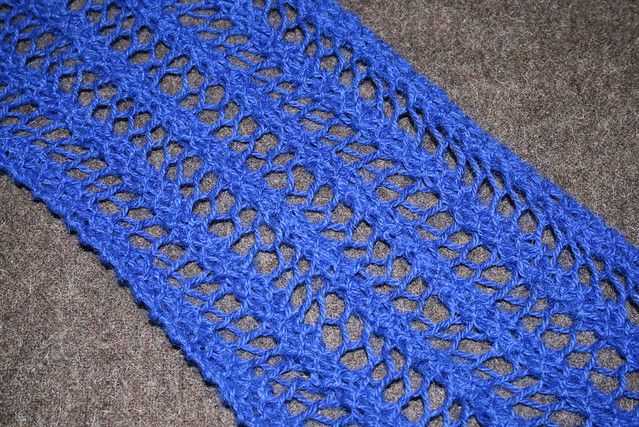
Adding beads to a 4 row repeat lace knitting pattern can add a touch of elegance and sparkle to your project. Beads can be incorporated into the design in various ways, such as being placed on specific stitches or being threaded onto the yarn before knitting. The placement and size of the beads can be customized to suit your preferences, allowing you to create a unique and stunning piece.
To add beads to your lace knitting pattern, you will need some basic supplies, including beads, a crochet hook or beading needle, and the yarn you are using for your project. Before you begin, make sure that the holes in your beads are large enough to fit the yarn through. You may also want to consider using a bead tray or mat to keep your beads organized and prevent them from rolling away.
To place beads on specific stitches, you can use a crochet hook or beading needle to thread the bead onto the stitch before knitting it. Simply insert the crochet hook or needle through the bead, then insert it through the stitch and pull the stitch through the bead. Continue knitting as usual, allowing the bead to sit on top of the stitch. This technique works well for creating a beaded border or adding individual beads to specific parts of the lace pattern.
Another option is to thread the beads onto the yarn before you start knitting. To do this, simply slide the beads onto the yarn in the desired order, making sure to leave some extra yarn at the beginning and end. As you knit, the beads will automatically be incorporated into the stitches, creating a beautiful beaded effect. This technique works well for creating a more subtle and uniform beaded design throughout the lace pattern.
When adding beads to your 4 row repeat lace knitting pattern, it’s important to consider the weight of the beads and how they will impact the drape of the finished project. Heavier beads may cause the fabric to pull or distort, so it’s best to choose lightweight beads if possible. Additionally, if you are working with a delicate lace pattern, be mindful of how the beads will affect the overall look and feel of the design.
In conclusion, adding beads to a 4 row repeat lace knitting pattern can elevate the look of your project and add a touch of sophistication. Whether you choose to place beads on specific stitches or thread them onto the yarn, be sure to experiment and have fun with your design. With a little creativity, you can create a beautiful and unique lace piece that is sure to impress.
Finishing Techniques for Lace Knitted Projects
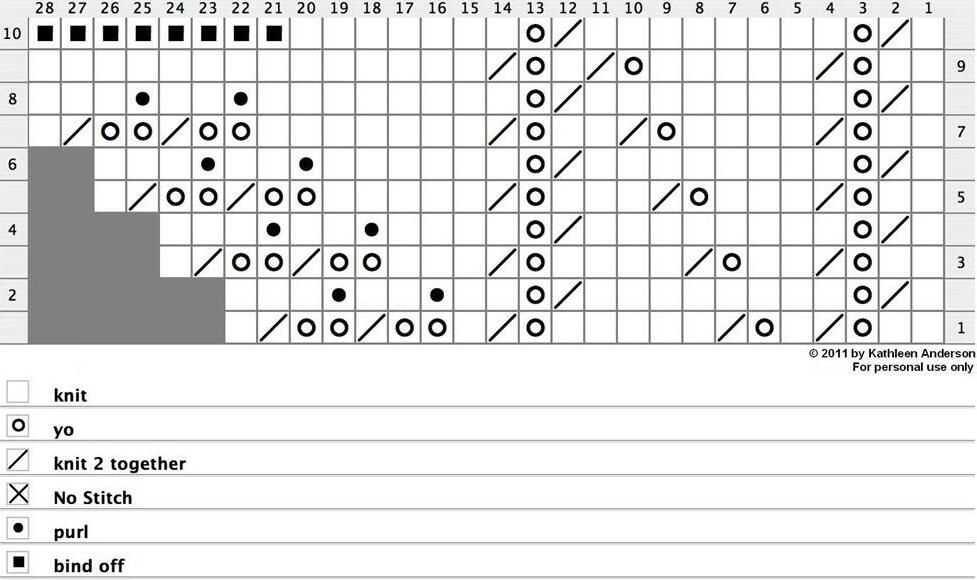
When completing a lace knitting project, the finishing techniques are just as important as the knitting itself. Properly blocking and weaving in ends can make a significant difference in the final appearance of the lace pattern. Here are some essential techniques to consider when finishing your lace knitted projects:
Blocking
Blocking is an essential step in creating a finished look for lace knitted projects. It helps open up the lace pattern and allows it to shine. To block your lace project, start by soaking it in lukewarm water with a mild detergent. Gently squeeze out the excess water and lay the project flat on a towel. Use blocking pins to shape the lace pattern, ensuring that it is symmetrical and the edges are straight. Leave it to dry completely before removing the pins.
Weaving in Ends
Weaving in ends is necessary to ensure that the lace knitting project is secure and neat. It involves hiding the loose yarn tails within the knitted fabric. To weave in the ends, use a yarn needle to thread the tail through the stitches on the wrong side of the fabric. Take care to go in the same direction as the knitted stitches to avoid distorting the lace pattern. Weave in the ends for a few inches, then trim the excess yarn close to the fabric.
Edging Options
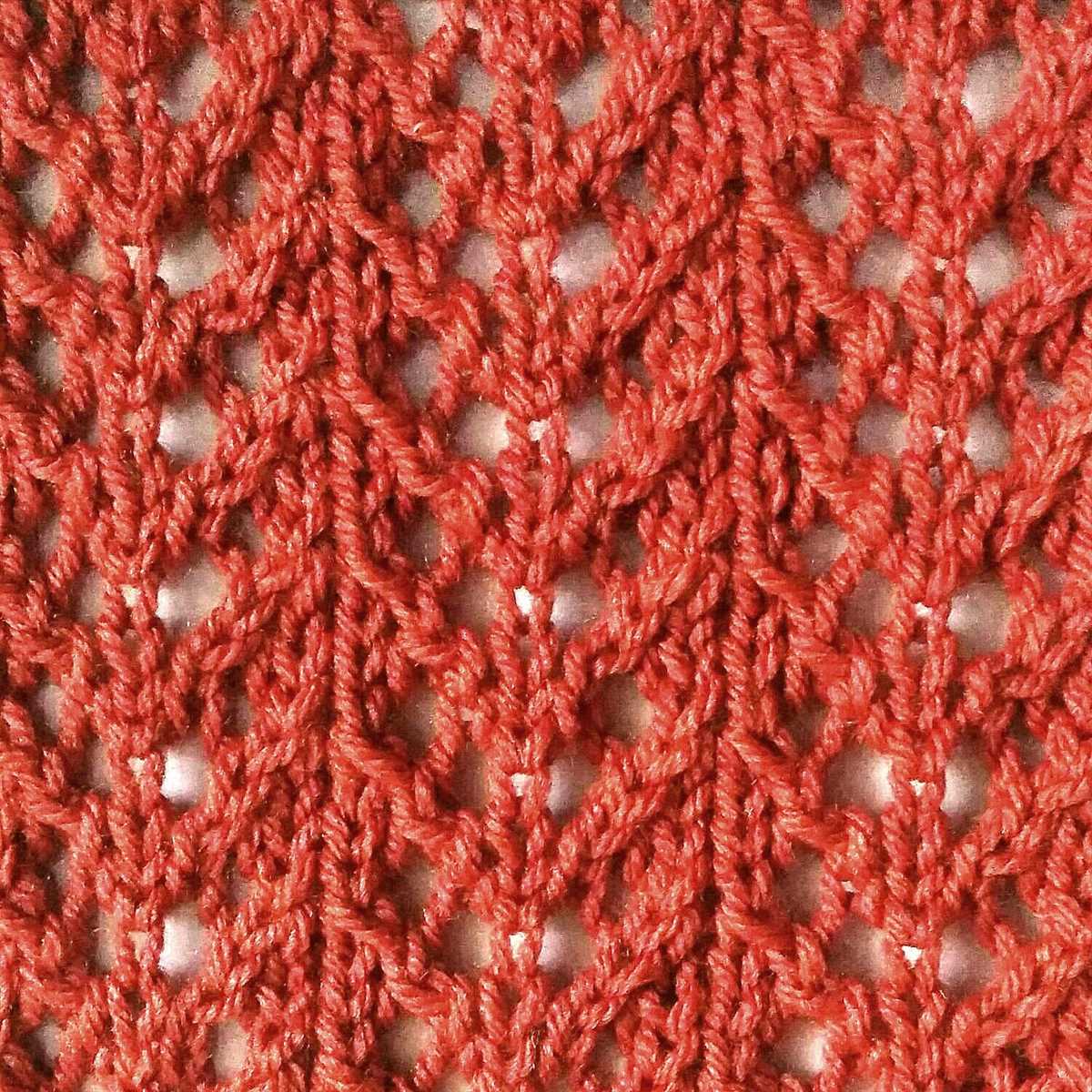
For lace knitting projects that require an edging, there are several options to consider. A picot edging adds a delicate and feminine touch to the finished piece. It involves knitting a small loop and then binding it off in the next row. A garter stitch edging creates a flat and simple border that complements the lace pattern. Another option is to add a decorative lace edging that complements the main lace pattern.
By paying attention to these finishing techniques, you can ensure that your lace knitted projects look their best. Proper blocking, weaving in ends, and choosing the right edging can elevate the final result and showcase the intricacies of the lace pattern. Take your time during the finishing process to achieve the desired professional and polished look for your lace knitting projects.
Exploring Advanced Lace Knitting Techniques
In the world of lace knitting, there is always more to learn and explore. Once you have mastered the basic lace patterns and techniques, you may find yourself ready to take on more advanced challenges. These advanced lace knitting techniques can elevate your knitting projects to new levels of intricacy and beauty.
One advanced technique to explore is complex stitch patterns. These stitch patterns often incorporate multiple stitch motifs, intricate lace motifs, and intricate lace panels. They may require you to work with more stitches or use more complex stitch maneuvers, such as yarn overs, decreases, and increases, to create the desired lace effect.
Complex stitch patterns can add depth and interest to your lace work, creating unique and stunning designs. They are often used to create intricate lace shawls, scarves, and garments, where the beauty and complexity of the stitch pattern can shine.
Another advanced technique is working lace patterns in the round. Traditionally, lace patterns are worked flat, back and forth in rows. However, working lace patterns in the round can open up new possibilities and create seamless and continuous lace designs.
Working lace patterns in the round requires you to adapt traditional lace charts and stitch instructions to a circular knitting method. This can be a challenge, as you will need to consider stitch count, stitch placement, and yarn over placement in the round. However, the end result is a beautiful lace garment or accessory with no seams.
Finally, experimenting with different fibers and yarn weights can also add a new dimension to your lace knitting projects. Lace patterns can look entirely different depending on the type of yarn you choose. Delicate and light-weight fibers, such as silk or mohair, can create an ethereal and delicate lace effect, while thicker and more textured yarns can add depth and dimension to your lace work.
By exploring advanced lace knitting techniques, you can take your lace knitting skills to the next level and create truly stunning and unique projects. Whether you choose to experiment with complex stitch patterns, work lace in the round, or play with different yarns, the possibilities are endless. So pick up your needles and start exploring!